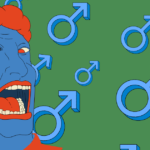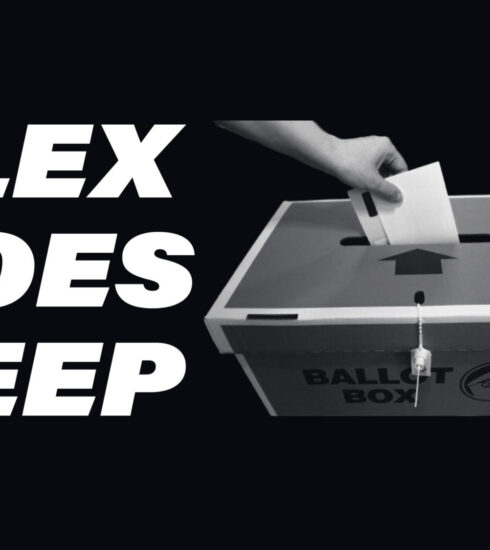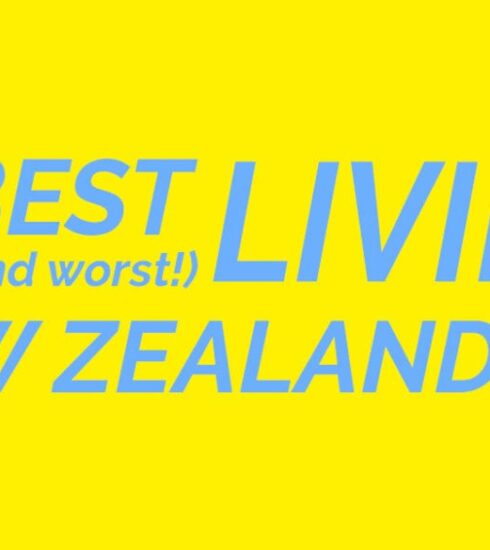Germaine, JK, and me
Much like your emo teenage cousin, feminism has been through a few different phases. These are mostly referred to as waves. I’ve spent a lot of this summer swimming at Raglan, and I can tell you that waves are many different things, rolling tidily one day, and smashing into each other the next. In the same way, the waves of feminism have been messy and complicated throughout their history.
And right now is a particularly confusing time to be a feminist.
The first wave of feminism was focussed on fundamental human rights and equality – getting the vote, owning our own property, and not being owned by men – although mainly white rights. The second wave was about societal and institutional oppression, challenging trad fam values, and starting to think about queer theory. Wave three moved on to freedom of expression and sexuality, and in many ways re-embraced femininity under feminism in a way that hadn’t happened before. The internet took off during the third wave too, which expanded views on feminism and started to acknowledge the rights and struggles of BIPOC women.
Some people resist the feminist label because they have an image of angry man-hating ‘wimmyn’ wanting to run the world with men as downtrodden slaves. While I can’t deny that has a certain appeal, feminism has never been about man-hating or superiority. It’s about equity – acknowledgement that men and women have equal value and should not be treated differently, paid differently or seen differently because of their gender. You don’t even have to be a woman, to be a feminist.
The current wave of feminism is referred to as intersectional feminism, and the rise of social media has provided a platform for a wider range of voices, and critique of ‘white’ feminism which has ignored the unique struggles of BIPOC women.
Trans rights have also been pulled firmly into the spotlight. And this is where the great divide currently sits.
For the record, I am a feminist, but not a woman. I recently came out as genderqueer, and have a nonbinary kid and many friends in the trans community. Trans rights are massively important to me, and I will come out swinging (with my words; I’m not Will Smith) at anyone who tries to invalidate trans people’s right to exist.
Old vs new feminism
Because original feminists fought so hard for equality, visibility, and the right to be loud, some of the old guard hang on to these views a little too hard. The growing understanding and acceptance of transgender people has made some hardcore feminists uncomfortable, as they’ve seen it as a threat to the women’s spaces and places they fought so hard for. And, if gender is a social construct as many older feminists believe, being transgender is buying into that construction.
This holding onto the past and fierce grip on what it means to be female, has led to the emergence of a new breed of feminist – the TERF, or ‘trans-exclusionary radical feminist’.
Sadly, some high-profile feminists like Germaine Greer have planted themselves on the TERF side of the debate, attempting to shut the equality door behind them rather than welcoming in the next generation of queer.
What is a TERF?
Trans-exclusionary radical feminists hold tight to the notion that only people born with a vag can be a woman (and only someone born with a penis could have the audacity to be a man). They believe that trans women are ‘men in dresses’ and trans men are ‘confused lesbians’. They spread lies about trans women being predators who are ‘dressing as women’ in order to invade women’s spaces to commit sexual assaults despite this never actually happening, and the fact there is no forcefield on the door of a women’s bathroom to stop a cisgender man getting in there anyway.
They have accused parents of gender diverse young people of ‘transing’ their children, and, bizarrely, of homophobia, claiming that a parent might be so horrified at the thought of a gay child, they’d rather make them change gender instead. I don’t know if you’ve ever tried to convince a 10 year old to do anything, but I could barely make mine take a shower, let alone ‘change gender’.
TERF rhetoric (i.e. the shit they say) is dangerous and inflammatory, goes against the science and psychological research around the transgender community, and gives validation to conservative, religious, and far-right ideologies who want to erase trans people from the world.
JK Rowling
In case you’ve been living under a rock for the last three years (and let’s face it, no-one would blame you if you had been), the tl;dr version is this: JK Rowling is a transphobic TERF-bag, and is using her considerable author platform to make hateful and hurtful statements about trans people. Not only content with loudly tweeting TERF-y unscientific, and misinformed hate-spew, she even resorted to writing a whole book about a crossdressing serial killer, presumably to back up her own poor arguments. There are several ironies in this, including the fact that JK writes her crime novels as ‘Robert Galbraith’. Yes. A man.
For someone who built her fictional empire around acceptance of diversity and difference, this behaviour is particularly reprehensible. But the weirdest thing about it is that in Harry Potter and the Deathly Hallows, there’s a scene when Hermione has taken Polyjuice potion to change into Harry. JKR uses “she” and “her” pronouns for Hermione in this scene, in which Hermione literally has, at that moment, a cock and balls. Go figure. What a jk.
So what now?
Thankfully, the majority of the younger generation of queer people and other feminists are rising up against the TERFs to stand firmly with our trans brothers, sisters, and nonbinary siblings. Ther TERF arguments crumble with only the slightest shaking so unless you’re looking for a reason to hate trans people, you’ll come down on the side of inclusion.
I am grateful to the pioneers of the feminist movement for everything they’ve done for women and the queer community in the past. But now it’s time to open up the doors and pave the way for everyone to get their own shot at equity.





